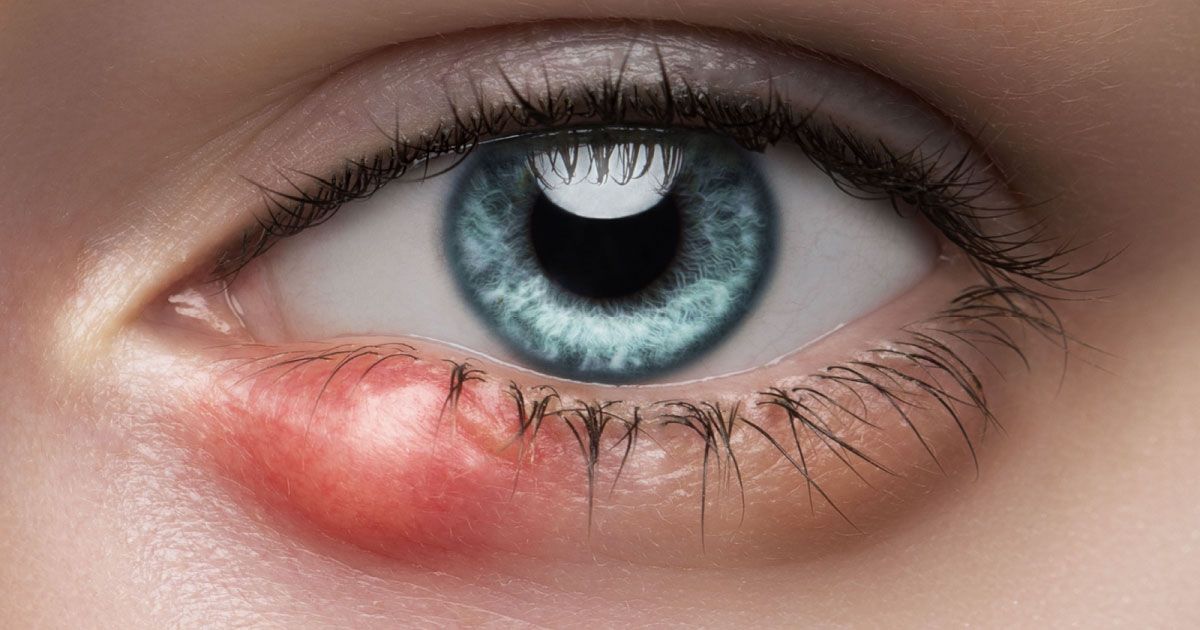Seeing Clearly: The Impact of Eyewear Quality on Eye Health

Read time: 6 minutes
The eyes, often referred to as the windows to the soul, are also delicate organs that require care and protection. Vision correction has become an integral part of many lives, and the choice of eyewear plays a pivotal role in maintaining eye health. This blog post will help unravel the truth about whether poor quality eyewear can have detrimental effects on the eyes.
The Evolution of Eyewear: From Necessity to Fashion
The use of eyewear dates back to ancient civilizations, with early forms of lenses crafted from materials like quartz or glass. In the 13th century, the invention of spectacles revolutionized vision correction, making it more accessible. Eyewear has since evolved from a purely functional tool to a fashion statement, with a vast array of styles and materials available. Read our blog article for more insight on the history of eyewear.
Quality eyewear, like those frames found at Urban Optiks Optometry, is crafted from materials that prioritize optical clarity, durability, and comfort. Historically, materials like glass and metal dominated the eyewear landscape. However, contemporary options include advanced plastics and coatings that enhance both aesthetics and functionality.
Understanding the Risks of Poor Quality Eyewear
Optical Distortions - One of the primary concerns with poor quality eyewear is optical distortions. Lenses that are not manufactured to high standards can introduce distortions, affecting the wearer's perception of the world. This can lead to discomfort, eyestrain, and headaches.
Inferior Lens Materials - Low-quality lenses may be prone to scratches and may lack coatings that protect against glare and harmful ultraviolet (UV) radiation. Prolonged exposure to UV rays can contribute to eye conditions such as cataracts and macular degeneration.
Frame Issues - Frames made from subpar materials may cause discomfort, skin irritation, or allergic reactions. Ill-fitting frames can also contribute to eyestrain and headaches. Additionally, poor hinge construction can result in premature wear and tear, affecting the longevity of the eyewear.
The Importance of UV Protection in Eyewear
Exposure to UV radiation is a significant concern for eye health. Prolonged exposure to UV rays can lead to conditions such as photokeratitis, cataracts, and an increased risk of age-related macular degeneration. Quality eyewear is designed with UV protection to shield the eyes from these harmful rays.
Polarized lenses, a feature found in high-quality eyewear, not only reduce glare but also enhance visual clarity. They are particularly beneficial for activities like driving or spending time outdoors. Poor quality polarized lenses may not effectively eliminate glare, compromising safety and comfort.
Prescription Accuracy and Eye Strain
Prescription eyewear must be precisely tailored to an individual's vision needs. Poor quality eyewear may not provide accurate prescriptions, leading to blurred vision, eyestrain, and discomfort. Regular eye exams and obtaining eyewear from reputable sources are crucial for maintaining optimal vision.
In the digital age, prolonged screen time exposes the eyes to blue light emitted by electronic devices. Quality eyewear with blue light protection coatings can mitigate the potential negative effects of digital screens, such as digital eye strain and disrupted sleep patterns.
Contact Lenses: Quality and Eye Health
Contact lenses, another popular form of vision correction, vary in terms of materials and oxygen permeability. Low-quality contact lenses may impede oxygen flow to the cornea, leading to discomfort, dryness, and an increased risk of eye infections. It is crucial to follow proper hygiene practices and obtain lenses from reputable sources.
The popularity of colored and decorative contact lenses has surged, especially in cosmetic or costume settings. Poor quality colored lenses may lack regulatory approval, posing risks of corneal abrasions, infections, and allergic reactions. Medical supervision and adherence to safety guidelines are imperative when using such lenses.
A Consumer's Guide to Recognizing Quality Eyewear
Quality eyewear plays a pivotal role in ensuring optimal eye health, addressing factors like UV protection, lens coatings, and frame materials. Here's a concise guide to help you navigate the intricacies of recognizing high-quality eyewear.
- UV Protection: One of the hallmarks of quality eyewear is effective UV protection. Ensure that your lenses bear labels indicating the blockage of 100% of UVA and UVB rays, offering comprehensive defense against harmful UV radiation. Prioritizing this feature not only enhances eye health but also guards against conditions like photokeratitis and cataracts.
- Lens Coatings: Evaluate the coatings on your lenses, as they significantly contribute to durability and visual comfort. Anti-reflective coatings, scratch-resistant layers, and coatings repelling water and oil are indicators of high-quality lenses. These features not only ensure longevity but also enhance your overall eyewear experience.
- Regulatory Standards: : In the United States, eyewear is regulated by the Food and Drug Administration (FDA), while in Europe, the Conformité Européene (CE) marking attests to compliance with safety standards. Checking for these regulatory certifications ensures that your eyewear meets essential quality and safety requirements.
- Cost vs. Quality: While cost is a consideration, viewing eyewear as an investment in eye health is crucial. Quality eyewear may come with a higher upfront cost, but the long-term benefits in terms of visual clarity, comfort, and eye health outweigh the initial expense. Consider it an investment that pays off in terms of durability and reduced long-term eye care expenses.
- Frame Materials: Quality frames are often crafted from materials like acetate, titanium, or stainless steel. These materials provide durability, flexibility, and resistance to corrosion, ensuring a comfortable fit. Adjustable nose pads and well-constructed hinges further contribute to the longevity and comfort of your eyewear. Take a look at the framelines available in our luxury boutique at Urban Optiks Optometry.
Choosing quality eyewear is an investment in the well-being of your vision. Armed with the knowledge of UV protection, lens coatings, frame materials, and adherence to regulatory standards, you can confidently select eyewear that not only suits your style but also prioritizes the health of your eyes. Remember, it's not just about seeing well; it's about seeing well for years to come.
The Role of Regulations and Standards in Eyewear Quality
FDA Regulations - In the United States, the Food and Drug Administration (FDA) regulates the manufacturing and labeling of eyewear. Eyeglasses and sunglasses sold in the U.S. must meet specific standards for optical quality, impact resistance, and UV protection.
CE Marking in Europe - In Europe, eyewear manufacturers adhere to the Conformité Européene (CE) marking, indicating that the product complies with European Union safety standards. The CE mark is a testament to the eyewear's conformity to essential health and safety requirements.
Debunking the Myth of Cost vs. Quality
Investing in Eye Health - While cost is a consideration for many when purchasing eyewear, it is crucial to view eyewear as an investment in eye health. Quality eyewear may come with a higher upfront cost, but the benefits in terms of visual clarity, comfort, and long-term eye health outweigh the initial expense.
Long-Term Savings - High-quality eyewear often proves to be more cost-effective in the long run. Durability, reduced need for frequent replacements, and protection against eye conditions contribute to long-term savings on eye care expenses.
The Takeaway
The quality of eyewear plays a pivotal role in safeguarding your precious gift of vision. Poor quality eyewear can indeed have detrimental effects on the eyes, ranging from discomfort and eyestrain to potential long-term eye health risks. Recognizing the importance of UV protection, accurate prescriptions, and durable materials empowers individuals to make informed choices when selecting eyewear. Investing in quality eyewear is an investment in the longevity and well-being of your vision.
The information provided in this article is intended for general knowledge and educational purposes only and should not be construed as medical advice. It is strongly recommended to consult with an eye care professional for personalized recommendations and guidance regarding your individual needs and eye health concerns.
All of Urban Optiks Optometry's blog posts and articles contain information carefully curated from openly sourced materials available in the public domain. We strive to ensure the accuracy and relevance of the information provided. For a comprehensive understanding of our practices and to read our full disclosure statement, please click here.
OUR LATEST POSTS
© Urban Optiks Optometry, Inc. 2009-2025
All Rights Reserved
Location
The Cairo Building
3788 Park Blvd, Suite 5
San Diego, CA 92103
Phone: 619.683.2020
Text: 619.683.2020
Fax: 619.683.2111
Email: info@uoosd.com
Hours
Monday: 9 am – 7 pm
Tuesday: 9 am – 6 pm
Wednesday: 9 am – 6 pm
Thursday: 9 am – 7 pm
Friday: 9 am – 6 pm
Saturday: 9 am – 5 pm
Sunday: Closed


















